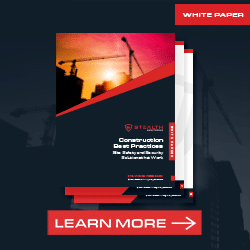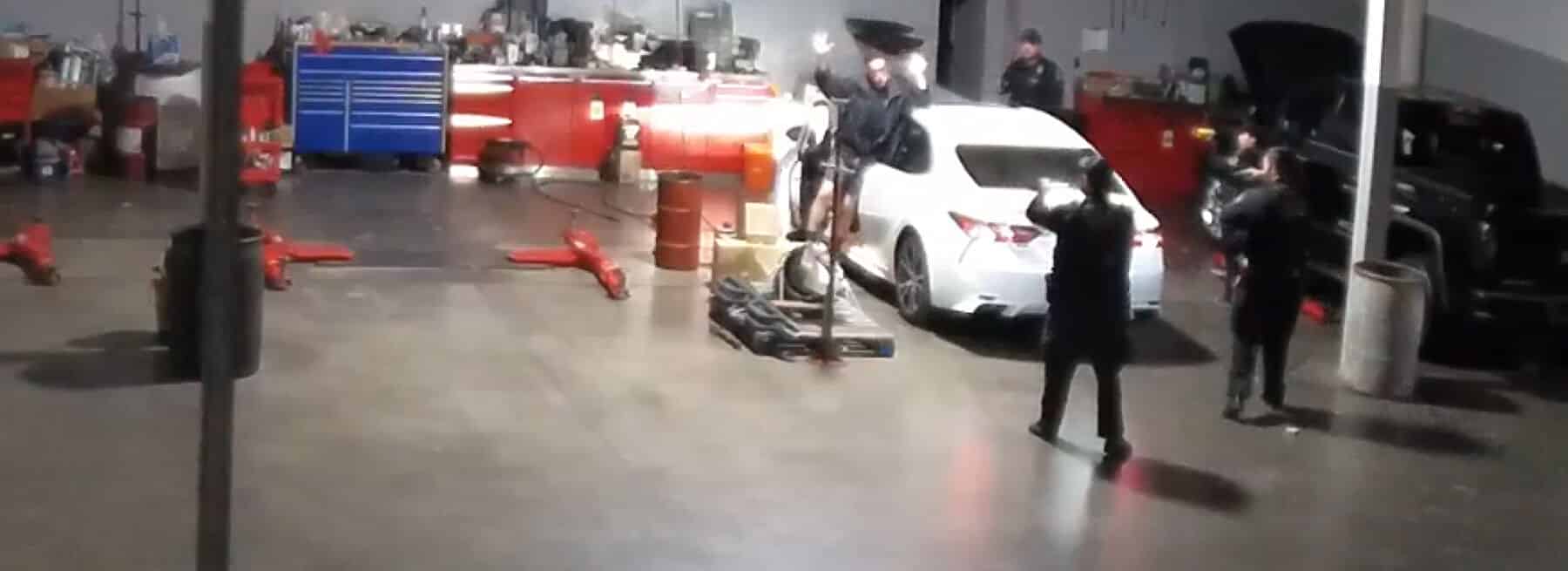Most homeowners know they need to do summer maintenance to prepare for the onslaught of hot temperatures. The same goes for construction sites, especially since it’s their busiest season. Summer maintenance enhances construction safety.
Not only are days longer, so, too, is the danger of severe weather popping out of nowhere. Construction sites want to be ready for the hot days, as well as potential flooding and other damage from Mother Nature’s wrath.
Summer construction also means longer hours, more workers, and more aggressive schedules. To cover the higher workload, construction companies may bring in temporary workers. However, they’re not always as well trained as the full-time employees. They are also not as familiar with the company’s processes and procedures.
The first time you do summer maintenance, create checklists, processes, and summer safety tips. Then, you can reuse them every year and modify them as needed. It’ll save time and verify you don’t miss a step.
1. Create a Plan
Parts of the plan will remain the same every summer and some will be different. The key is to document contingency plans. If inclement weather hits, how will the company respond? If it happens during working hours, where will employees seek shelter? What do you do for each of these instances: Lightning? Rain? Tornados? High winds? (How high is considered dangerous?)
Assign a contact person and a backup. The contact person will do a head count when bad weather hits. The backup steps in when the contact person isn’t available.
2. Build Extra Time in the Schedule
Delays happen due to severe weather or safety issues. One way to work around this is to include severe weather clauses into contracts. This protects the company and employees when weather causes work suspension. It prevents the temptation to make up for lost time, which can sacrifice safety.
You also want to pad the schedule because a rushed job can lead to lapses in construction safety. This should never happen.
3. Hire Ahead
The sooner you hire seasonal workers, the greater your chance of landing the more experienced ones. It gives you time to do a background check and conduct safety training. Does your company emphasize construction safety
with education and the right tools? This should be a high priority year-round.
4. Invest in High-Quality PPE
Yes, it’s worth spending more on personal protective equipment. That little difference can prevent more expensive injuries and damage. Fewer construction site injuries saves money and some of those savings can go toward PPE. Rain and the outdoors can affect PPE performance, so look for those that are water-resistant and outdoor-friendly.
Companies boasting the lowest rate of injuries not only invest in high-quality gear but also safety training on how to use the PPE. The training also shows which PPE to use for each task. Companies with high safety records buy the appropriately sized protective gear since ill-fitting gear can lead to injuries. Remember female employees also need right-sized gear.
5. Protect the Worksite
It’s not uncommon for trespassers, crane climbers, and theft to cause construction stoppages. Copper theft is a growing problem. Moreover, the National Equipment Register says equipment theft costs average between $300 million and $1 billion every year. Live video monitoring provides a simple, safe, and cost-effective way to help protect the job site.
Planning and organizing your construction project will maximize construction safety and efficiency while minimizing injuries and worksite damage.
Want to learn more about construction site security? Get our complete guide to construction site safety and security solutions or contact us.





